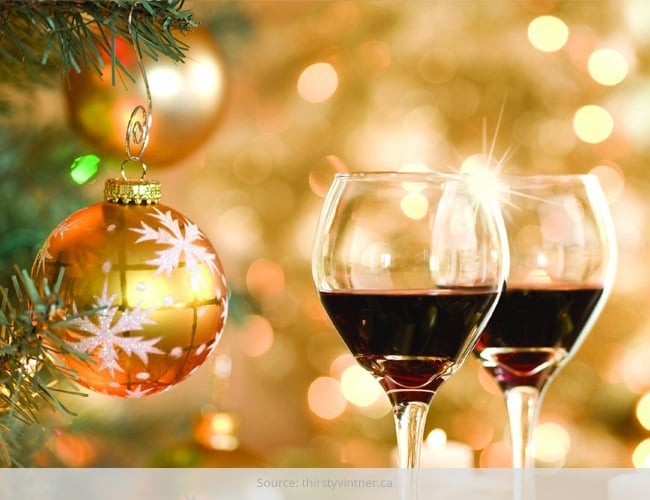
With Christmas around the corner, the obvious favourites for most of us are anybody’s guess. Raisin cakes, snowflake tarts, muffins, roast turkey, mince pie ice cream, Christmas pudding and most importantly a bottle of wine.
Those of us who have a fair idea of what wines are made of would give a flat answer – fermented grape juice. However, some of the uncommon things that contribute to the making of wines include herbs, flowers and fruits such as strawberries, blueberries, and raspberries. No need to fear thinking sipping wine will make you talk like a drunk or in an ‘inebriated state’. After all, wine has less of alcohol content as compared to gin or vodka that many think otherwise.
The Making of Wine
No science or technology is required to make a bottle of wine. It is a simple process that involves the following steps in this order:
1. Pick Grapes
2. Crush Grapes
3. Collect Grape Juice
4. Wait for Fermentation to happen
Surely it is the job of humans to collect and crush grapes because thereafter it is the juice fermented in the vineyard that creates wines. Since yeast is found naturally in grapes, fermentation is a natural phenomenon. However, yeast is added sometimes by wine makers in order to have a better control of the entire process.
There are various contributing factors in creating a wine taste that is unique and memorable:
1. Variety of Grapes and their subsequent blending
2. Fermentation time and fermentation container (wood or steel)
3. Time duration of contact with grape skins
4. Maturation container and maturation time
Of course there are other factors too such as weather and soil topography conditions that put in their bit in wine maturing.
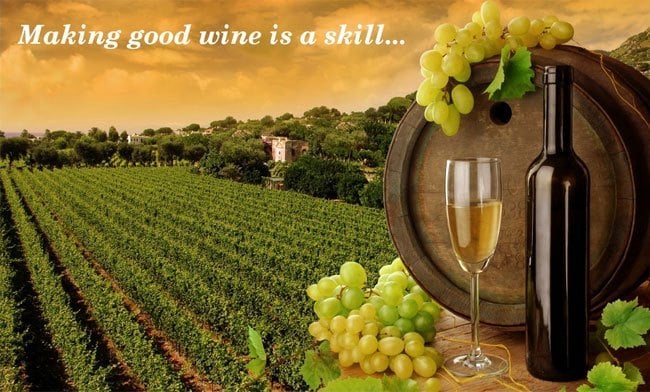
Source: zoharwine.com
Components of Wines
Besides water, there are other elements too that explain the wine variety.
1. Alcohol: The first and main constituent in wine, alcohol is produced when yeast converts sugar found in the juice of ripe grapes into alcohol and carbon dioxide. This leads to formation of bubbles that are seen in sparkling wines.
2. Acids: Not only are they essential to the flavour of wine, they also act as a preservative helping it stay fresh and age appropriate.
6. Colour: Most grape varieties produce colourless juice. However, red wine is because of the anthocyanins present in the grape skins. Wines change colour because of ageing. The White wine changes colour from water white to golden and Red Wine changes colour from ruby to brick red and finally brown.
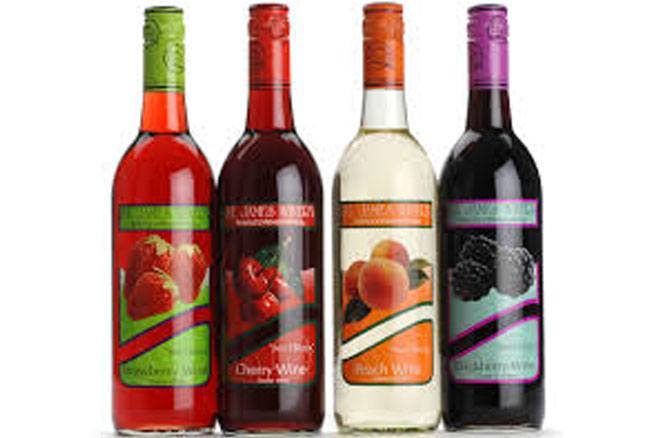
Source: stjameswinery.com
Different Types of Wines
There are five fundamental groups of wines. That doesn’t mean the range of wines are limited. One will be happy (and shocked) to know that each group has hundreds of grape varieties and therefore different styles of wine making. Here is how:
1. Red: This type of wine is made from dark-coloured grapes. The actual colour of the wine can range from intense violet to brick red for mature wines, and brown for older red wines. Zinfandel is a famous form of red wine.
Did you know, Red wine contains antioxidants that helps build blood vessels and acts as an anti-aging component for your skin. You can use it directly on your face or blend it with your face mask for best results. To read more, click here.
2. White: A White wine is one whose colour can vary from straw-yellow to yellow-green, or yellow-gold coloured. It is produced by the alcoholic fermentation of the non-coloured pulp of grapes that may have a white or black skin. Sauvignon Blanc and Chardonnay are popular white wines.
3. Rose: Rosé wine is one that incorporates some of the color from grapes skin, but not enough to qualify it as a red wine. It may be the oldest known type of wine. Casa do Valle and Champagne Lallier are good rose wines.
4. Sparkling: It is a wine that has significant levels of carbon dioxide in it. This is one of the reasons why it is fizzy in nature. Sparkling wine can be red, white or rosé and can be rich and sweet. Brachetto d’Acqui and Emilia-Romagna are worth trying.
[sc:mediad]
5. Fortified: Fortified wine is a wine to which a distilled spirit, usually brandy, is added. Try out Bright’s Pale Dry Select Sherry and Cisco.
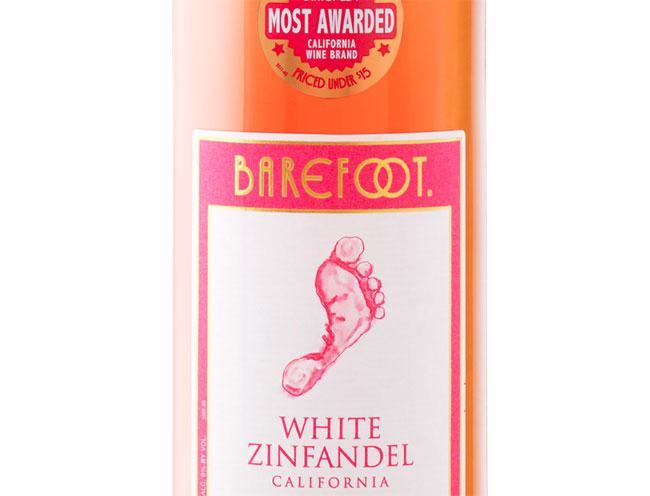
Source: vintagebarnswansea.com
Level of Wine Sweetness
In order to judge the sweetness of wine, you have to keep 3 things in mind, and that applies to the five styles of wine mentioned above.
1. Dry: It is simply a wine style that has no residual sugar, meaning it is not sweet at all. When grape juice gets converted to wine, alcohol is produced in the fermentation process. That is because yeast eats the entire sugar present in the juice.
2. Semi-Sweet: This one has a touch of sugar to complement acidity and/or aromas in wine.
3. Sweet: This kind leaves a lot of sugars in an unfermented wine. Sweet wines have basically lower alcohol.
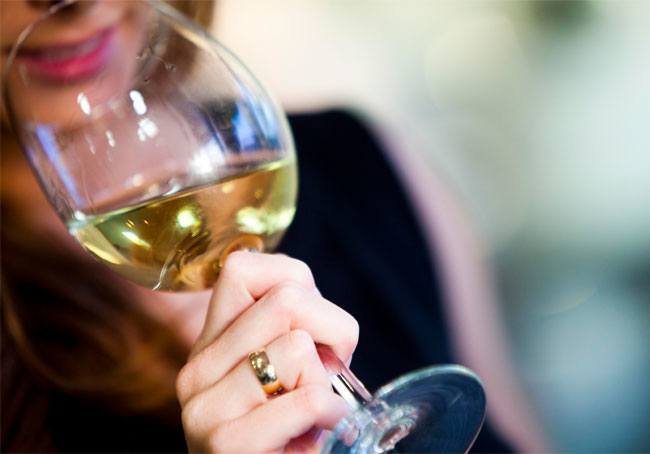
Source: strictlyautobiographical.com
Wine Etiquette
Wine as you know is a social drink to be enjoyed with family, friends, prospects. But just like there is something called table manners, similarly some amount of decorum is required while sipping wine in a gathering or occasion.
1. Winery is a great place to learn and taste wine. In fact, most wineries have knowledgeable staff, who would certainly be happy to assist you, never mind if you are a new wine drinker.
2. While wine tasting, don’t feel shy in discarding wine if you don’t like it. Most wine tasting rooms have a receptacle where you can pour the wine that you wish to discontinue having. It is perfectly fine if you feel the need for a refill, if you want to understand the nature of the wine better. But try and avoid asking for a free second pour on every wine – rather purchase it.
3. Whenever you are in the mood to gift a bottle of wine, buy something that the recipients are not much familiar with. However, you should feel confident that they would be open to trying what you are gifting them.
4. Shop at a wine specialty shop, not a grocery store, if you please. It makes terrific sense to ask an expert for recommendations rather than doing a blind off-shelf purchase.
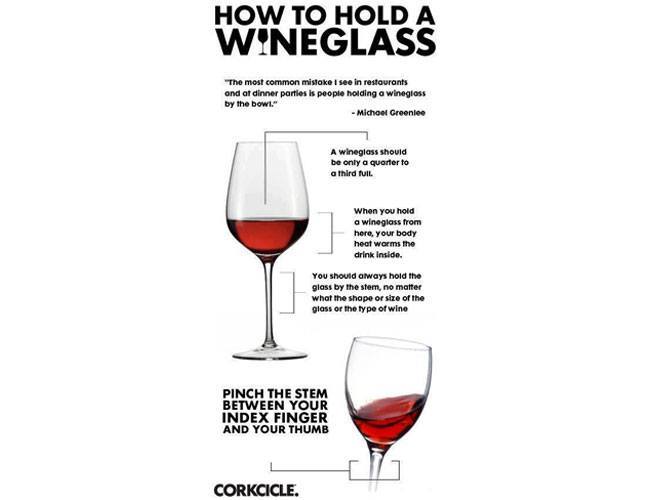
Source: ahf.co.uk
There can never be an end to Christmas fever and the same is true for wines.
